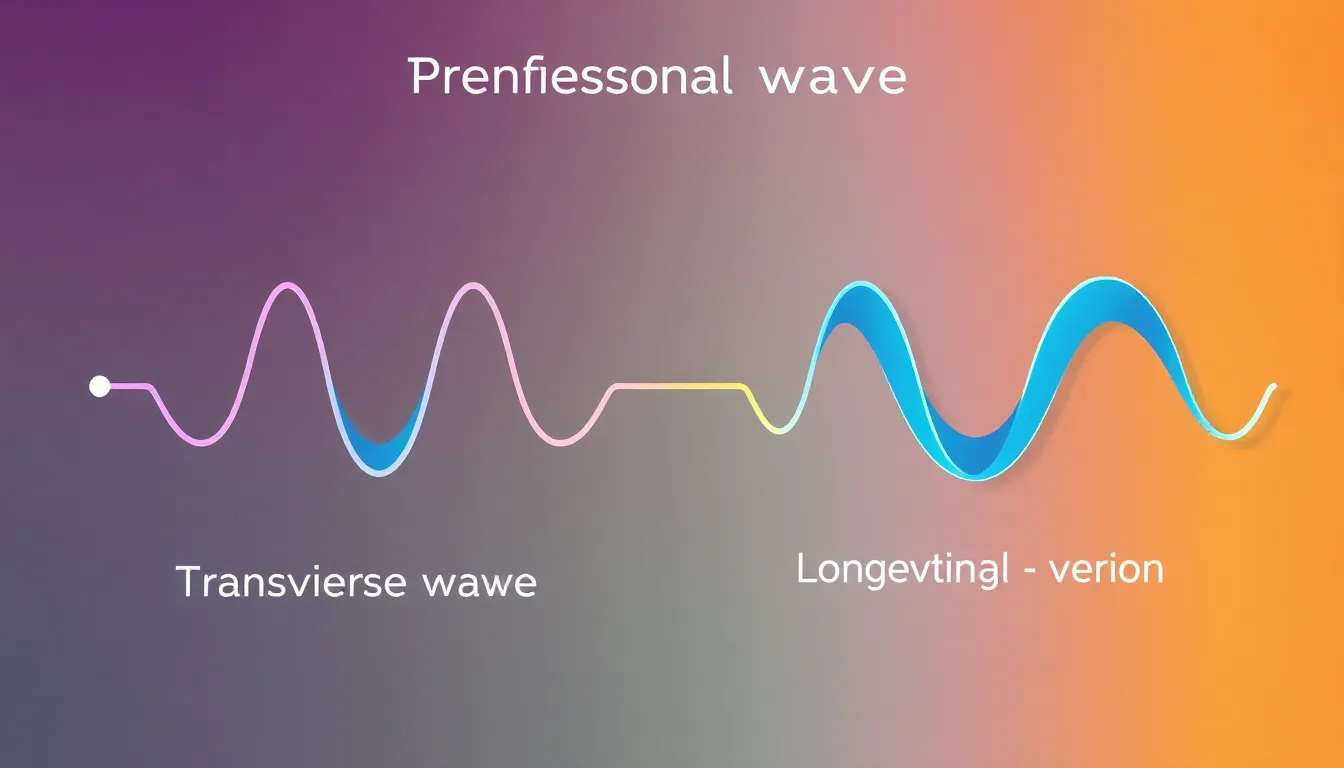Mechanical waves are the unsung heroes of the science world, quietly traveling through mediums like air, water, and even solid objects. They’re the reason why you can hear your favorite song from across the room or feel the vibrations of a nearby concert. But what exactly are these mysterious waves?
Table of Contents
ToggleMechanical Wave Definition Science
A mechanical wave refers to a disturbance that propagates through a medium. This medium can be air, water, or solids—each allowing waves to move differently. Two main types exist: longitudinal and transverse waves. Longitudinal waves compress and expand the medium, while transverse waves shift perpendicular to the wave direction.
Mechanical waves require a medium for travel. Without this medium, waves cannot propagate; sound in a vacuum illustrates this principle. Each wave transfers energy from one location to another without transporting matter itself.
Characteristics of mechanical waves include wavelength, frequency, amplitude, and speed. Wavelength represents the distance between successive wave peaks. Frequency indicates how many waves pass a point in one second, measured in hertz. Amplitude reflects the maximum displacement from rest, affecting the wave’s energy level. Speed denotes how fast the wave travels through the medium, varying according to medium type.
Applications of mechanical waves are diverse, ranging from music transmission to seismic activity detection. Seismographs rely on the detection of ground vibrations to provide data about earthquakes. The essential nature of mechanical waves underpins many technologies in communication, engineering, and environmental monitoring.
Understanding mechanical waves enhances comprehension of sound and vibrations in daily life. Each wave’s properties contribute to its behavior, influencing how people perceive sound and other wave-based phenomena.
Types of Mechanical Waves

Mechanical waves fall into two primary categories: transverse waves and longitudinal waves. Each type demonstrates distinct behaviors and propagation methods.
Transverse Waves
Transverse waves occur when the particle displacement is perpendicular to the direction of wave propagation. Light waves and waves on a string exemplify this type. When one part of a medium moves up, adjacent parts move down, creating peaks and troughs. These waves travel through solids while transmitting energy. An example includes seismic S-waves, which illustrate the movement of energy through the Earth during an earthquake.
Longitudinal Waves
Longitudinal waves feature particle displacement parallel to the wave’s direction. Sound waves are the most common example, where compressions and rarefactions travel through air or liquids. In a longitudinal wave, particles of the medium move back and forth in the same direction as the wave travels. This behavior accounts for the transmission of sound, making it possible to hear voices and music. Other examples include seismic P-waves, which also travel through various materials, further showcasing this wave type’s significance in science.
Properties of Mechanical Waves
Mechanical waves possess distinct properties that play vital roles in their behavior and propagation through different mediums.
Amplitude
Amplitude represents the maximum displacement of particles from their equilibrium positions. It directly influences wave energy; greater amplitude equates to higher energy levels. In sound waves, larger amplitudes result in louder sounds, while smaller amplitudes produce softer sounds. The amplitude impacts not only the intensity of the wave but also its perceived volume in auditory experiences. Observing a wave on a graph can illustrate how amplitude changes throughout its propagation.
Wavelength
Wavelength defines the distance between successive points in a wave, such as crest to crest or trough to trough. It determines the wave’s characteristics, influencing both frequency and speed. Longer wavelengths produce lower frequencies, resulting in deeper sounds, while shorter wavelengths yield higher frequencies and sharper pitches. The relationship between wavelength and frequency is crucial for understanding sound behavior in various environments. Recognizing this property helps in analyzing phenomena like musical notes and resonance.
Frequency
Frequency indicates how often wave cycles occur in a given timeframe. Measured in hertz (Hz), it plays a critical role in sound and signal transmission. High-frequency waves produce higher-pitched sounds, while low-frequency waves result in lower pitches. The human ear can typically perceive frequencies ranging from 20 Hz to 20,000 Hz. Understanding frequency allows scientists and engineers to manipulate sound waves effectively, contributing to diverse applications in communication and audio technology.
Applications of Mechanical Waves
Mechanical waves play a crucial role in various scientific and practical applications. Understanding these waves contributes to advancements in technology, safety, and communication.
Sound Waves
Sound waves, a type of longitudinal wave, dominate audio communication. Compressions and rarefactions in air allow them to transmit sound efficiently. As they travel, sound waves can be harnessed in countless ways, including music production and telecommunication. Their frequency and amplitude determine sound quality. Higher frequencies produce clear, high-pitched sounds, while lower frequencies yield deeper tones. Applications range from hearing aids to acoustic engineering, enhancing the auditory experience in live performances.
Seismic Waves
Seismic waves provide insight into Earth’s interior and are vital for geological research. These waves, generated by tectonic movements, include both longitudinal P-waves and transverse S-waves. P-waves travel faster and arrive first at seismic monitoring stations, providing crucial data for earthquake detection. S-waves follow, offering information about material composition in the Earth. Scientists analyze these waves to assess earthquake impact and improve building safety. Applications include earthquake preparedness strategies, land surveying, and geothermal energy exploration.
Mechanical waves play a vital role in both natural phenomena and technological applications. Their ability to travel through various mediums makes them essential for communication and scientific exploration. Understanding the characteristics and types of mechanical waves enhances the appreciation of sound and its impact on daily life. From music to seismic activity detection, the significance of these waves extends across multiple fields, proving their importance in both everyday experiences and advanced research. Embracing this knowledge can lead to innovations and improvements in how society interacts with the world around it.



